
Parts Needed To Build A Computer in 2024
Step 1: Selecting Parts Needed To Build a Computer
In order to build a desktop computer you need to purchase the parts needed to build a computer.
There are so many brands and different versions of a particular computer part you are looking for to purchase. Don’t be fooled by how attractive they look, just try to buy within your budget.
But whatever you buy parts needed to build a computer remember you are looking to increase overall performance and make future upgrades much easier.
Make sure all your PC parts are compatible with each other. For instance, you don’t want to buy a Motherboard and the RAM or memory is not supported by the motherboard. Don’t you worry I will try my best to educate you on this issue later on.
Choosing The Parts Needed To Build a Computer
- Motherboard
- Computer Case
- PSU – Power Supply Unit
- CPU – Central Processing Unit
- RAM – Random Access Memory
- HDD – Hard Disk Drive
- CD / DVD Drive
- Video Card or Graphics Card
- Sound Card
- Keyboard
- Mouse
- Monitor
- OS – Operating System (Windows XP, Windows Vista, Windows 7)
Choosing The Motherboards – AMD Motherboards or Intel Motherboards
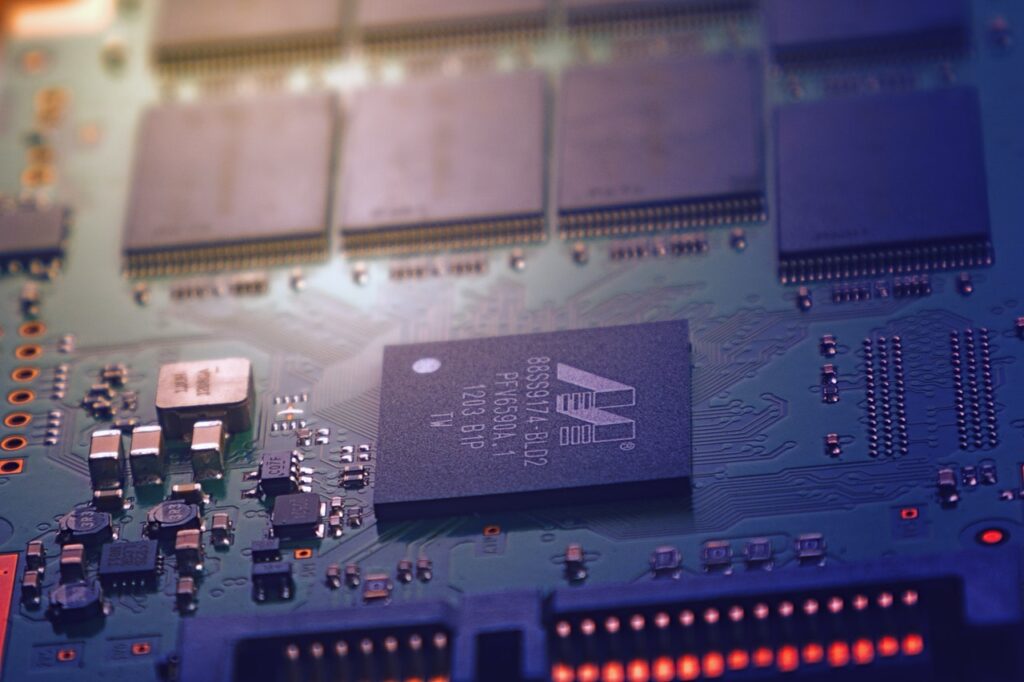
Motherboards:
First of all you need to decide whether you want to build an Intel or AMD based PC as this is important when choosing the motherboard and CPU. The motherboard is one of the most important pats in you PC case, as most of the time the board specifications will help determine the compatibility of the other parts you are to purchase.
“I love AMD based PCs, it’s my personal preference. I get the performance I am looking for and have never been disappointment and have always found AMD to be cheaper than Intel.”
When choosing the motherboard for your new dream PC, it is best to do some research on the different boards and features. After all the motherboard is the back bone of your computer as everything else plugs into it. That is where all the PC parts communicate with each other.
Read the motherboard specifications, description and features as it will helps you understand and know a bit more about what you are buying. One of the most elite motherboard manufacturers is ASUS and has always and will always buy their components/parts. There are other reputable motherboard manufacturers like ABIT, MSI, DFI, etc,etc.
If you are on a budget then you should look for motherboards price range of $30 to $85. Try to narrow your search to about 3 boards and compare features and prices. I always lookout for the latest motherboard technologies and see what is in my budget. Right now I am an AMD fanatic I look for AM2/AM2+/AM3 socket motherboards. This will allow me to upgrade to the latest compatible CPU and memory that I can afford.
But make sure to read the consumer testimonials and reviews on websites you buy from to help you make a decision. Also by reading the reviews you will make notice of which CPU or processors that customer used with the board then find the same CPU and read features, specifications and the customer’s testimonial. It can help you make a more informed decision.
Choosing The CPU – Central Processing Unit
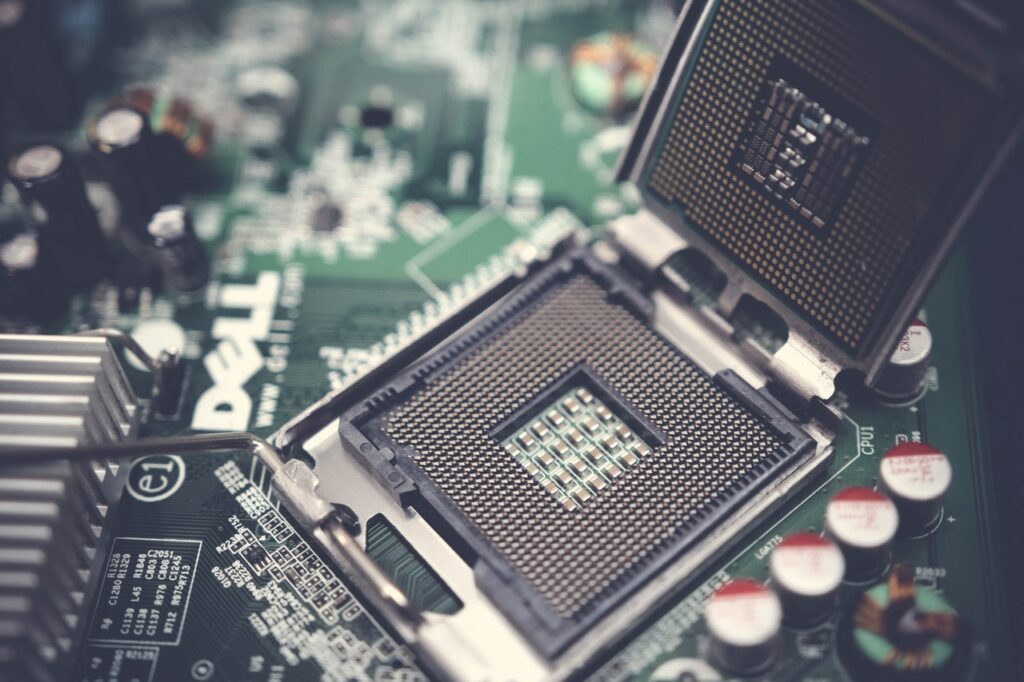
Now that you have chosen your motherboard it is time to choose the brains for your PC which is the CPU (Central Processing Unit). There are two reputable CPU manufacturers: AMD and Intel.
The CPU you choose will be determined by your motherboard and its specifications.
Remember you need to purchase the best and fastest CPU or processor that you can afford. This will play a significant role when it comes to overall performance of your newly built computer.
The CPU gets very hot and you need to keep it as cool as possible if not the CPU will overheat and get damaged. So you need a Heatsink and Fan which you can buy from Newegg.com. Some CPUs come with a default heatsink and fan which works fine unless you are a gamer which means you will need to buy a heatsink and fan that will keep your processor cool enough while you play those games.
Choosing The Right RAM – Random Access Memory
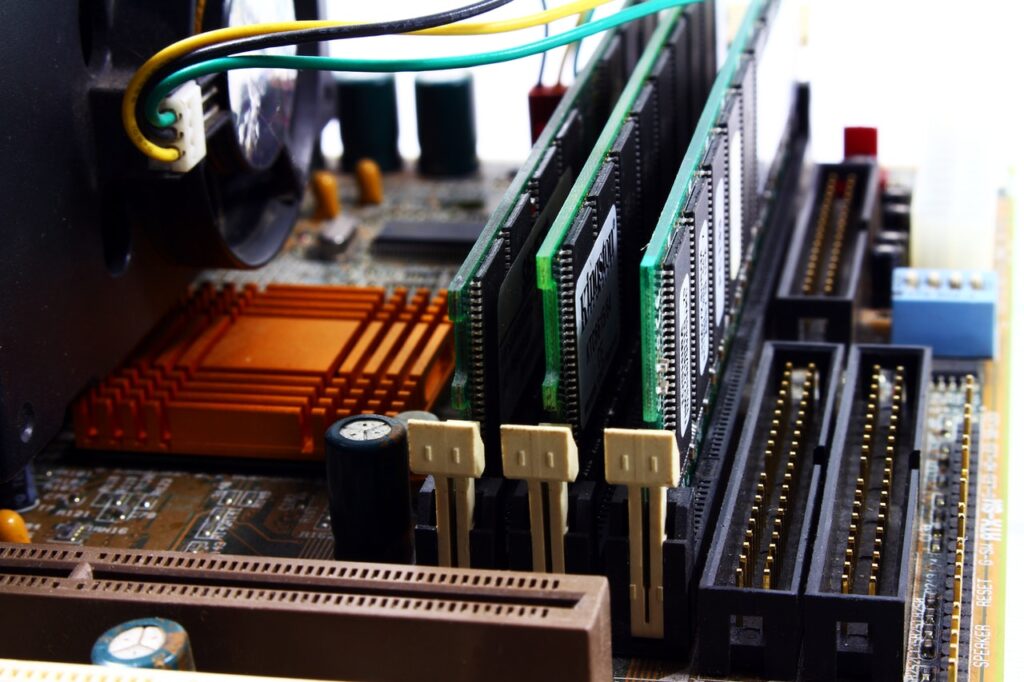
Just like your CPU was determined by the Motherboard then the same applies for RAM. Choosing the right RAM means that the RAM has to be compatible with the Motherboard you choose.
Take a look at your motherboard’s specification sheet; there you will see the memory section which will indicate the number of memory slots (4 x 240 pins), the memory standard which is the type of memory and memory speed (DDR 1066), the maximum memory supported (4GB or 8GB) and the channel supported (dual channel).
Note: When choosing the memory, make sure you know what is compatible with your motherboard.
Although more memory will increase system performance, you also bare in mind the memory speed as indicated by your motherboards specifications. Buy the fastest RAM speed you can afford and your motherboard can support according to which CPU you are going to use. There are different types of RAM: SDRAM, DIMM, DDR, DDR2, and DDR3. The most popular right now is the DDR2 SDRAM. Some of the most reputable RAM manufacturers are: CRUCIAL,KINGSTON, OCZ, CORSAIR, Patriot, G.SKILL, and many more.
Choosing The CPU Cooler – Heatsink and Cooling Fan

Some processors when bought they usually come with a heatsink and fan. The heatsink is placed directly on the CPU with some thermal compound or grease between them. The CPU core heats up the heatsink base which offers a greater surface area for the heat to dissipate.
A fan is mounted on the heatsink to help transfer the heat from the heatsink to the air, but must have a good supply of cooler air to work efficiently.
There are several ways to cool the CPU or components which produce large amount of heat. Some methods are use fan cooling, passive or active heat sink cooling and water or heat pipe cooling to reduce the temperature of the components and CPU. I you can afford it buy one online to do a much better job of heat dispersion and cooling your processor.
Some of the manufacturers include AeroCool, OCZ, Titan, ASUS, Tuniq, SILVERSTONE, Zalman. “Oh and one more thing, make sure the CPU Cooler is compatible with your motherboard’s CPU socket, so check the specifications.”
Choosing The Computer Case

It is time to add some personality to your PC. When choosing the computer case I always look at the design, how many fans and their locations. The reason is that you want a computer case that is specious and has good air flow in respect to the fan’s setup.
The layout and design also determines the cooling performance and reliability of the entire system. The case and fans must have a good push and pull effect and bare in mind that hot air rises.
The truth and fact is you will want inside your case as cool as possible as the air inside your case will affect the components that produce heat. For instance the temperature of your CPU will drastically affect the CPU’s performance. You can buy some cool looking Desktop case from online.
Some cases do come with power supplies (PSU), just make sure it is correct type for your motherboard. Since you will be building a new desktop PC; you will be buying an ATX case and of course and ATX power supply unit.
Choosing The Power Supply Unit
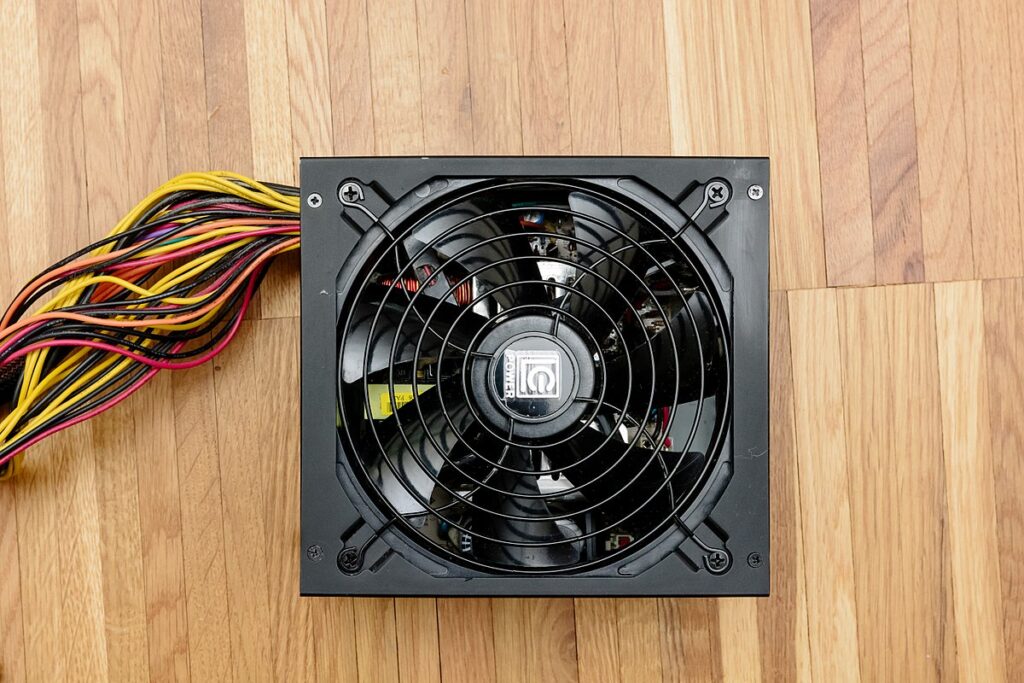
The power supply delivers power to the components inside the computer system. A good quality power supply can make the difference between a perfect machine and an unreliable one. You need a good power supply to supply enough power to all parts connected to the motherboard.
Newer CPUs require more power, so to be on the safe side look for a PSU with at least 500w to 600w and higher. The higher the wattage the better depending on the number of hardware connecting both in and out of the PC case.
Choosing The Hard Disk Drive:

Hard drives have come a very long way in price, storage capacity and speed. When selecting a hard drive, there are two main things to consider: speed and capacity.
You will need enough space on the hard drive to store your music, video, photos, files and other programs and software. If your budget permits go for the faster drive you can afford especially for games for greater performance.
The rotational speed is measured in RPM which means the faster the better. A hard drive comes in three types: IDE (PATA) and SATA for personal storage and SCSI for enterprise, mission critical storage. What this means is the method by which data is transferred between the motherboard and the hard drive.
The capacity is measured in GB (gigabytes) and TB (terabytes), should depend on your own storage requirements. SATA is faster and it is better to have at least two hard drives. My advice is use one for just installing the Operating System and programs and the other one use it to store all your files, photos, mp3, downloads, backups and projects. The most reputable hard drive manufacturers are Western Digital, ,Seagate, SAMSUNG, HITACHI and some others.
Choosing The DVD DRIVE – Digital Versatile Disc:
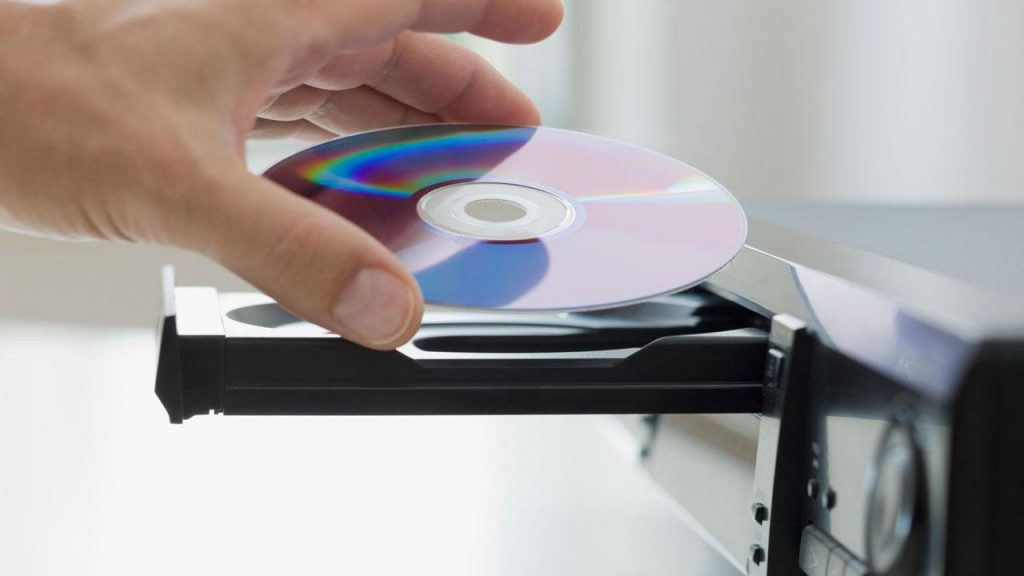
DVD discs can be divided into three categories: single-sided single-layer disc (4.7GB), single-sided double-layer disc (8.0GB) and double-sided double-layer disc (17GB). DVD burners are used to record video onto blank writeable DVD media.
The recording speeds of DVD-R and DVD+R are 18X/20X/22X, DVD+R DL is 8X/10X/12X/16X and DVD-RAM is 12X/14X. The plus (+) and minus (-) lets you know which type of blank disc the drive recognizes.
Remember ‘R’ means Read and ‘W’ means Write. The rule of thumb is to buy the drives that have the fastest speed. Buy what you can afford. Some reputable brands are LG, Lite On, Samsung, ASUS, SONY, Pioneer and HP. You can buy all your CD / DVD Drives and Media online.
Choosing The Graphics / Video Card
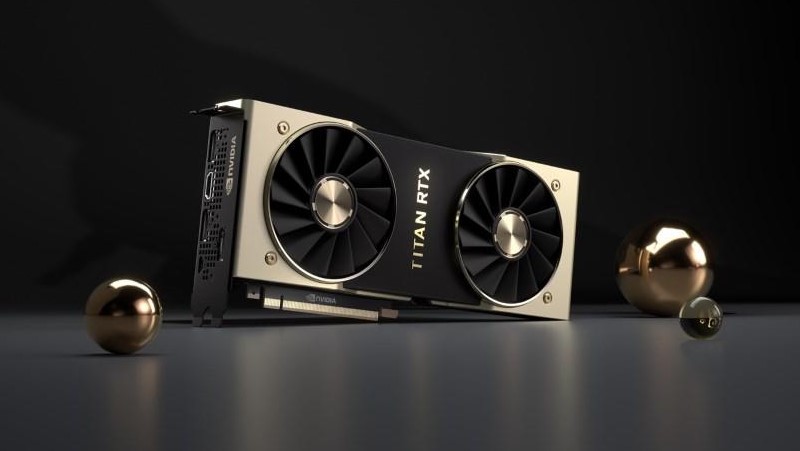
If you are on a limited budget you don’t have to buy a video card right away as some motherboards do come with integrated graphics.
Which means you can plug your monitor directly onboard. Most boards with onboard graphics normally has a maximum of 512MB of shared memory which means some of your system’s RAM will be used for graphics.
If you got 3GB, 4GB or 8GB of system RAM and using you PC for basic stuff like word processing, surfing the net and not using any graphics intense programs or game playing then you will be ok but otherwise you will need to buy a dedicated video card.
If you want to play the latest, most advanced PC games, or you are a graphic designer or video editor and watch true high definition (HDTV) videos? Then you will have to purchase one of the high end graphics cards or a graphics card with at least 1GIG RAM and at least using DDR3 or GDDR5 RAM. The two major companies to look out for are Nvidia and ATI Radeon.
For this reason you will need to double the graphics performance of your computer with NVIDIA SLI technology or ATI Crossfire technology for the gaming experience you want. The GPU (Graphics Processing Unit) basically determines the features and performance level of a video card. The video memory, interface (AGP or PCI Express), and I/O ports should all be taken into consideration before buying a video card.
Remember the video card you buy will depend on what you want out of your desktop PC or what you will be using it for and the more memory the better. You will find other manufacturers produce their own versions of both NVIDIA and ATI video cards. Some of these reputable manufacturers are ASUS, Sapphire, MSI, XFX, EVGA and the list goes on.
Some ATI video cards got a feature which is called CrossFire which just means you can use more than one ATI video card linked up together. Make sure your motherboard supports that feature before you buy. Don’t worry about this at this moment as there are video card now which offer the same performance as two cards like the NVIDIA SLI video cards.
Choosing The Sound Card

You can also get very good sound from your motherboard. Most boards come with onboard sound with 8 channels. You even get surround sound and digital sound right from your motherboard.
If you are looking to build an entertainment system then I suggest you purchase a dedicated sound card.
This is an easy choice depending on what quality sound you are looking for or planning to hookup music composing devices like a keyboard or maybe you just want to enhance your gaming experience. Some of the manufacturers are Creative, ASUS, M-Audio and some others. Oh, don’t forget to get some speakers.
Choosing a Monitor, Keyboard and Mouse
#1 PC Monitor:
What size monitor do you need? Is it a 17″, 19″, 20″, 21.6″, 22″ or 24″ monitor? The preference is yours. You can have either a CRT (standard) type or the LCD (flat Panel) style; this depends on your usage requirements and budget.
The benefits of a larger desktop monitor is higher resolution which means more things you can have on one screen at once.
Buying a monitor too me is like shopping for a television. Some of the manufacturers are Acer, SAMSUNG, NEC, ViewSonic.
#2 Keyboard:
One of the most important computer accessories available is the keyboard. It is an input device to enable you to type your text and send commands to the computer. Some of the popular brands are Microsoft, Liteon, Adesso, Ket Tronic, Logitech and many others, the choice is yours.
#3 Mouse:
You can buy either wired or wireless mice. There are two standards PS/2 and USB wired interfaces. There are other types like optical, laser and trackball mice.
Choosing an Operating System – Windows

To complete your new desktop PC, you need to install an Operating System. This software controls the hardware in your PC and provides you with an easy to use graphical interface.
It is strongly advised to buy the most recent version of the operating System you choose, it will simplify setup and installation of additional drivers and will also support newer hardware.
Each OS has its own set of requirements which your PC must meet or exceed to run efficiently. The three latest ones are Windows XP, Windows Vista and Windows 7 (latest). Linux is another optional Operating System you can use if you wish to install.
Step 2: Preparing The PC Case
Preparing your computer case will make things easier and better to install your new PC components. But there are a few things we need to do when preparing the computer case. This article will guide you through the process.
You are so excited that you have received your brand new desktop computer case and anxious to start building your desktop PC but there are a few things you need to do first like preparing the pc case. You need to carefully unpack your new computer case and place it on a clean working surface.If your…
Step 3: How To Install Motherboards
One of the most important things when building your desktop PC is the installation of the motherboard. If you don’t install your motherboard properly then you will have problems like short circuits which can cause fire or cause your CPU to burn out. Now you don’t want that to happen so treat your motherboards and all parts like it’s your baby.
